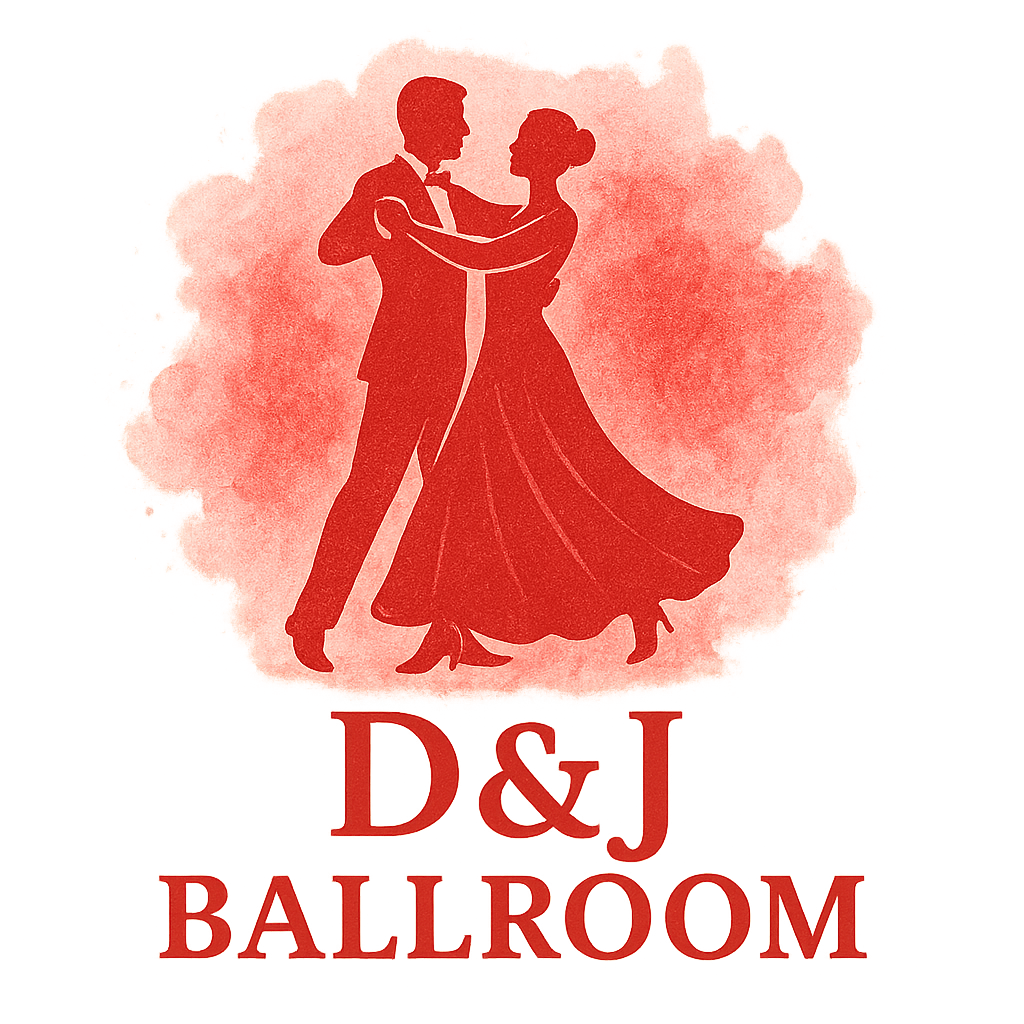Let’s face it—without a solid frame, ballroom dancing feels like trying to do yoga on a trampoline. Everything falls apart. Your connection weakens, your partner can’t read your movements, and the judges? Well, they’ll spot it instantly.
So, what’s the secret to improving your frame in ballroom dance? This post walks you through 9 practical, powerful ways to level up your frame, whether you’re prepping for a competition or just want to glide through that next waltz like a champ.
Why a Strong Frame is the Backbone of Ballroom Dance
The Frame: More Than Just Posture
You’ve probably heard instructors yell “Hold your frame!”—but it’s not just about sticking your arms out like airplane wings. A ballroom frame is a full-body alignment. It’s how you connect with your partner, direct energy, and communicate movement.
Connection and Communication Through the Frame
Think of your frame like a Wi-Fi signal between you and your partner. A weak signal? Total miscommunication. But a strong, consistent frame allows for fluid, elegant lead and follow. That’s why mastering your frame is key to mastering ballroom techniques and training.
1. Understand What “Frame” Really Means
It’s Not Just Holding Your Arms Up
Your frame includes your shoulders, arms, back, core, and even legs. It’s a dynamic, living structure—not a static pose.
Male vs Female Frame Roles
The leader (typically male) sets the foundation, offering a supportive, steady structure. The follower (typically female) maintains tone and flexibility within that structure. When both do their part, it looks—and feels—like magic.
2. Focus on Shoulder Stability
Strengthen Your Back and Deltoids
Strong shoulders create strong lines. Incorporate resistance band exercises or light weights into your routine. Work your rear delts, traps, and upper back—those muscles do the heavy lifting (literally) in your frame.
Avoid the “Shrug Trap”
Shrugged shoulders signal tension. Instead, roll your shoulders down and back. Picture a coat hanger sitting across your shoulders—elegant and lifted.
3. Engage Your Core for Control
Balance and Posture Starts Here
Your core is your anchor. It keeps your upper body stable, allows for effortless rotation, and keeps you upright during complicated routines. Engage it gently—think “lift through the belly button,” not “crunch hard.”
Practicing training drills that target core stability will help keep your frame consistent even under pressure.

4. Keep Elbows Energized but Relaxed
Think of Wings, Not Planks
A common mistake? Rigid elbows. Your elbows should float, not freeze. Imagine you’re holding a beach ball between you and your partner—firm but buoyant.
Give your arms some “tone,” but don’t turn them into steel rods. Think bird wings—powerful yet flexible.
5. Practice Isolation Drills Daily
Train Like a Pro with Specific Exercises
Isolation is where you train different body parts to move independently but in harmony. Sound complicated? It’s simpler than you think. Try slow arm movements while keeping your core and lower half perfectly still.
Use These Training Drills for Better Control
Work with resistance bands, standing torso rotations, and wall posture exercises. These help you find your frame, feel it, and lock it in.
6. Train with Mirrors and Feedback
Watch, Adjust, Repeat
Mirrors are brutally honest—and that’s exactly what you need. They help you spot dropped elbows, crooked posture, or off-balance alignment instantly.
Leverage Video or Your Coach’s Eyes
Record your practice sessions. Play them back. Better yet, train with a coach and use their real-time feedback to correct your frame on the fly.
7. Learn from the Masters of Ballroom
Emulate Great Frames from Competitions
Watch professional ballroom competitions or browse ballroom event videos. Study how dancers keep their frame, no matter the style or tempo.
Study Ballroom History & Culture
Understanding the culture and history behind each style—from the classic waltz to the fiery tango—will give you context for how the frame should look and feel in each dance.
8. Match Frame to the Dance Style
Waltz vs Tango vs Quickstep Frames
Different dances require different frame energies. Tango? It’s grounded, bold, and sharp. Waltz? Lifted and romantic. Quickstep? Light and bouncy.
Explore Different Ballroom Dance Styles
Tailor your frame to fit each dance. Learn how styles influence posture, head placement, and arm shape to express the rhythm and mood properly.
9. Dress the Part – Frame Friendly Attire
Why Ballroom Fashion Helps with Frame
The right attire supports your technique. Fitted clothing allows you and your coach to see alignment. Ladies—avoid flowy sleeves that hide arm placement. Gents—invest in a fitted practice jacket that enhances shoulder lines.
Explore the best ballroom wardrobe essentials that allow freedom of movement while supporting posture and grace.
Final Thoughts: Your Frame Is a Conversation, Not a Pose
Think of your frame like a conversation—sometimes it’s soft and subtle, other times bold and declarative. But it’s never static. You and your partner are constantly exchanging information through that invisible but vital structure.
Want to refine it even more? Dive into ongoing training, attend events, and study from the legends in ballroom culture.
FAQs About Ballroom Frame
1. What is the most important part of the ballroom dance frame?
The core and back. They provide the structure, support, and posture that everything else builds upon.
2. How do I know if my frame is correct?
Record yourself or work with mirrors. Look for dropped elbows, hunched shoulders, or imbalanced posture.
3. Can my frame be too stiff?
Absolutely. A good frame is strong yet supple. Avoid locking joints or becoming robotic.
4. Do different ballroom styles need different frames?
Yes. For example, tango needs a more grounded and forward poise, while waltz requires lift and elegance.
5. How often should I practice frame drills?
Daily, even just 10 minutes can make a big difference. Consistency builds muscle memory.
6. What’s the best attire for practicing frame?
Fitted, comfortable clothing that lets you move freely and lets instructors see your lines.
7. Where can I learn more about frame and ballroom training?
Check out dandjballroom.com for tips, techniques, and resources covering everything from training to competitions.


